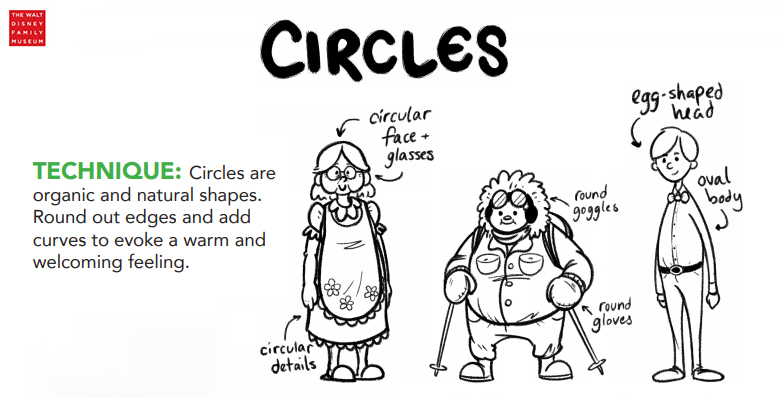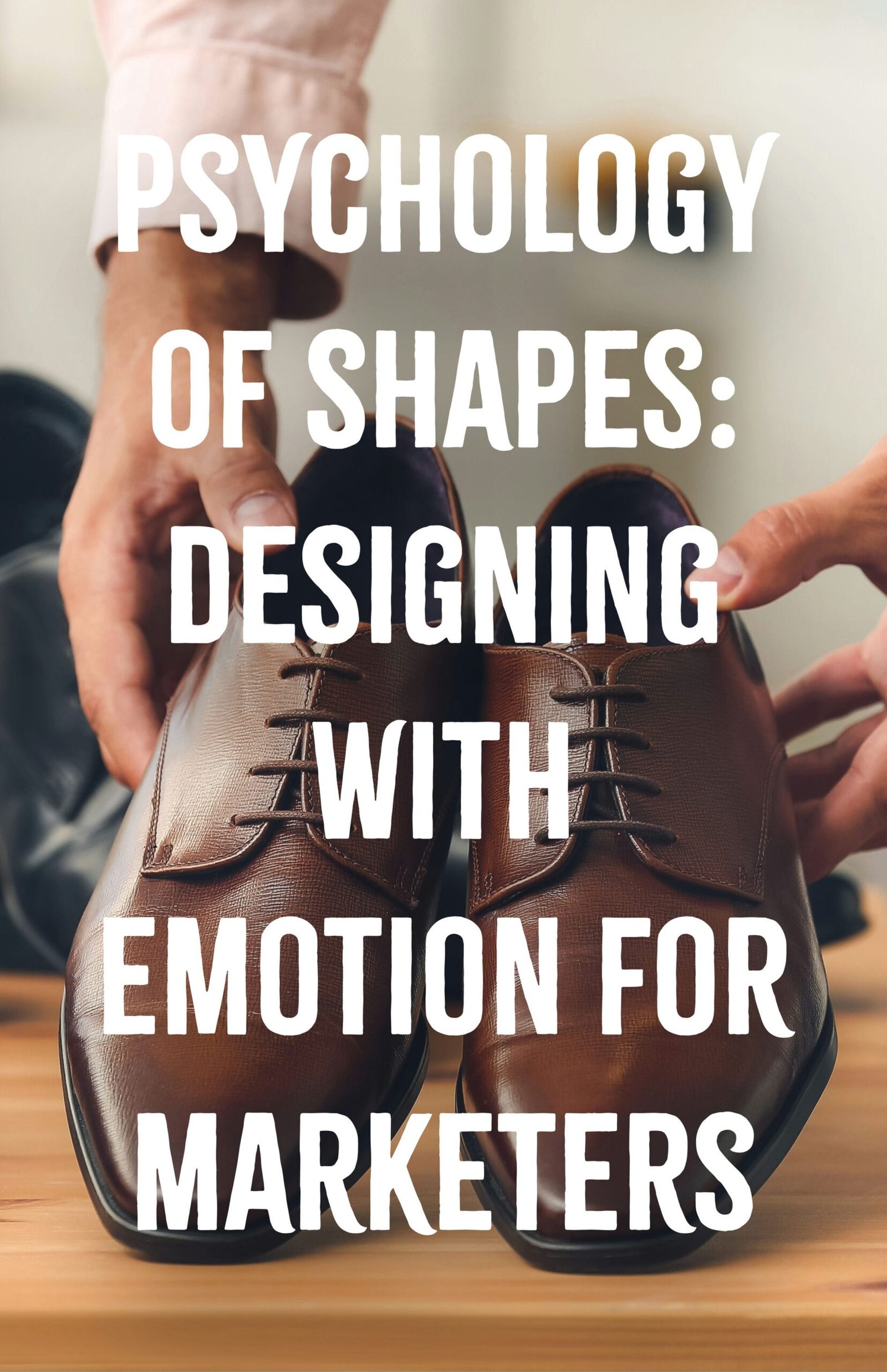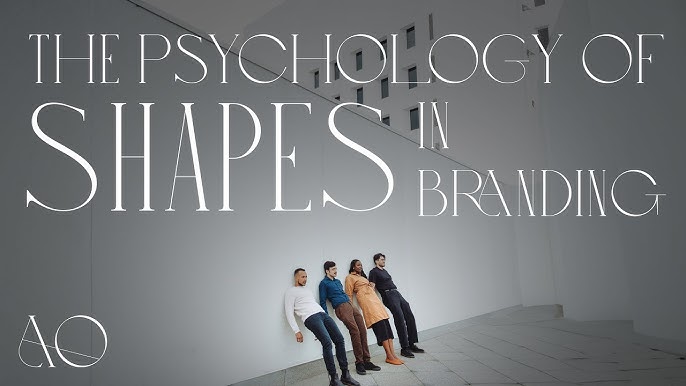The Psychology of Shapes in Logo Design

Understanding the psychology behind shapes in logo design is crucial for creating impactful and memorable brand identities. Shapes evoke specific emotions and perceptions, influencing how consumers interpret a brand. This article explores the meanings of various shapes, their psychological effects, and practical applications in logo design.
Why Shape Matters in Logo Design

Shapes are fundamental visual elements that communicate messages beyond words. They can convey stability, creativity, trust, or excitement, shaping the viewer’s subconscious response to a brand. Designers leverage these associations to align logos with brand values and target audience expectations.
Common Shapes and Their Psychological Meanings
| Shape | Psychological Meaning | Examples in Logos |
|---|---|---|
| Circle | Unity, wholeness, protection, community | Pepsi, Starbucks, BMW |
| Square | Stability, balance, professionalism | Microsoft, American Express |
| Triangle | Power, direction, progress, innovation | Adidas, Delta Airlines |
| Line | Movement, connection, simplicity | IBM, Nike (swoosh) |
| Organic | Natural, approachable, creativity | Animal Planet, Tropicana |
Circles
Circles symbolize unity and completeness. They are often used to suggest community, friendship, and protection. Brands aiming for inclusivity or global reach frequently use circular logos.
Squares and Rectangles
These shapes represent reliability and structure. They convey professionalism and trustworthiness, making them popular among financial institutions and tech companies.
Triangles
Triangles can indicate direction and dynamism. Depending on their orientation, they can suggest stability (pointing upwards) or instability and movement (pointing downwards). They are often used by brands that want to emphasize innovation and progress.
Lines
Lines guide the eye and can imply movement or connection. Horizontal lines suggest calmness and stability, vertical lines convey strength, and diagonal lines indicate action and excitement.
Organic Shapes
Organic shapes are irregular and often mimic natural forms. They evoke creativity, approachability, and uniqueness, suitable for brands in creative industries or those emphasizing environmental consciousness.
How to Choose the Right Shape for Your Logo
- Identify Brand Values: Understand what your brand stands for.
- Know Your Audience: Consider the preferences and expectations of your target market.
- Consider Industry Norms: Some shapes are more common in certain industries.
- Test Emotional Impact: Use focus groups or surveys to gauge reactions.
FAQ
Q1: Can combining shapes enhance a logo’s message?
Yes, combining shapes can create complex meanings and balance different psychological effects.
Q2: Are certain shapes better for digital logos?
Simple shapes like circles and squares often scale well and maintain clarity on digital platforms.
Q3: How do cultural differences affect shape perception?
Cultural context can influence how shapes are interpreted, so it’s important to consider the target market’s cultural background.
Conclusion
The psychology of shapes is a powerful tool in logo design. By understanding the emotional and psychological impact of different shapes, designers can craft logos that resonate deeply with audiences and effectively communicate brand identity.
